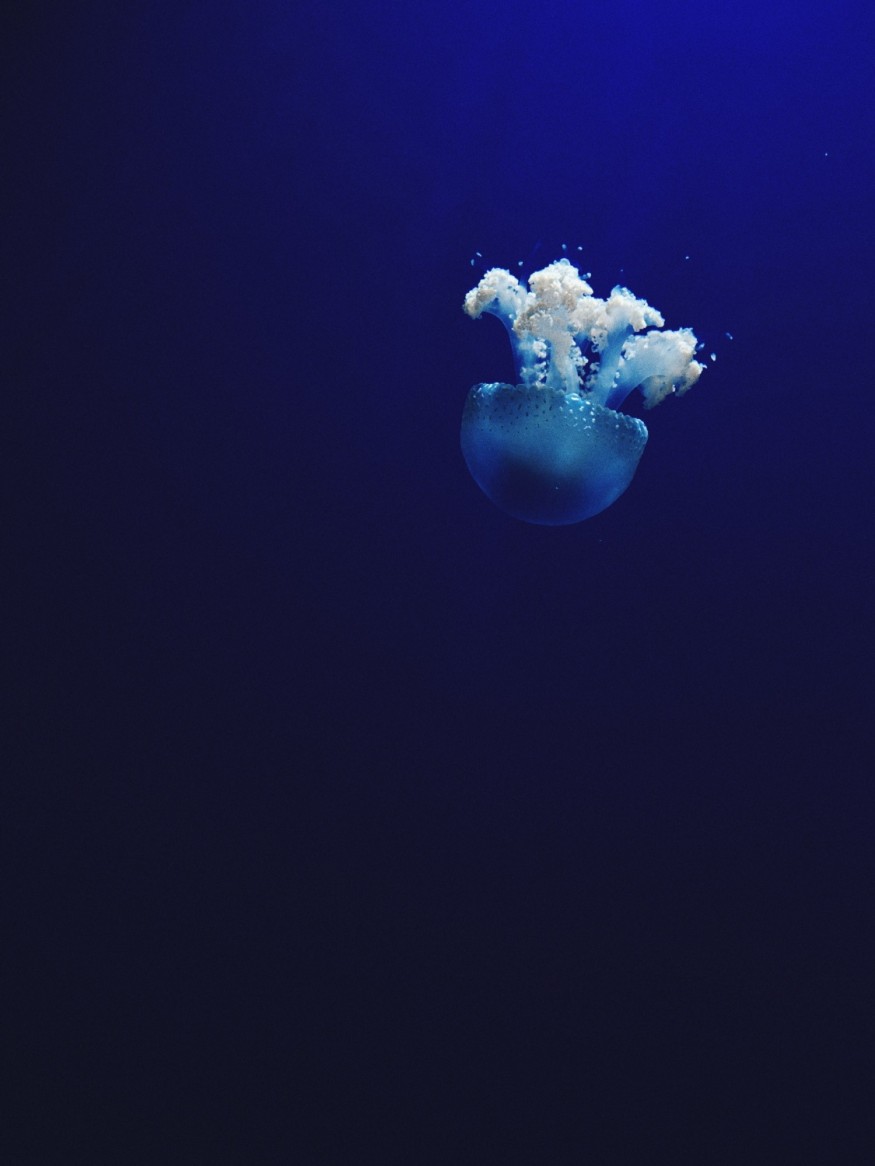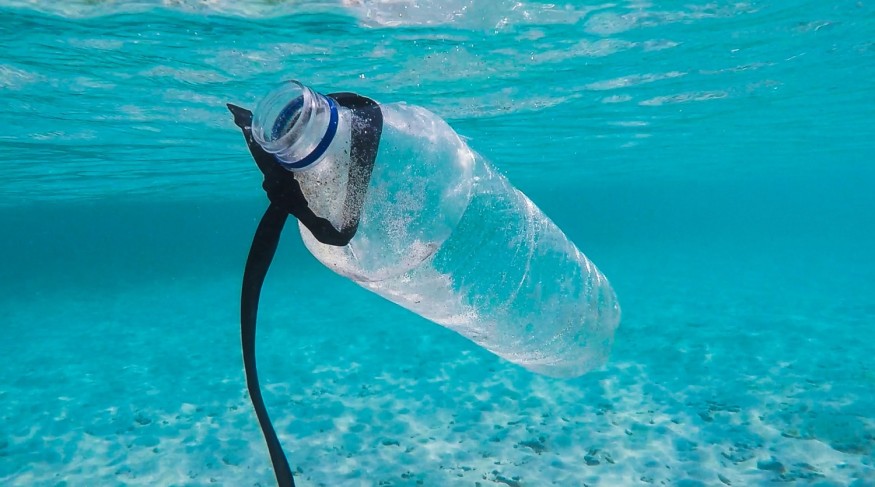Plastics that are for one-time use are called Single Use plastics, like utensils, wrappers, and other items.
Out of the 300 million tons of plastics that are produced yearly, there is 50% contributed by single-use plastics.
There are hundreds of studies that focus on surveying plastic debris around the surface of the ocean, which is why these studies are being called "scratching the surface" because they do not provide full data and inventory of what was deep down our waters.
A group of scientists at Florida Atlantic University conducted a study where the occurrence of plastics in the entire water column in the southern Atlantic Ocean indicated the ocean interior has a crucial pool of "missing" plastics.
According to Phys.org, originating from various types of plastics, these tiny fragments called microplastics pollute natural ecosystems and about 51 trillion are floating in the surface waters of oceans around the world.
The massive effects of microplastics
In the published journal of Global Change Biology, results show that there will be a higher encounter rate for zooplankton, and other subsurface particle feeders due to weak ocean current systems contributing to the formation of small microplastics hotspots at distance downward
Read more: UN partnership aims to combat microplastics in cigarettes
To gain a better systematic understanding of how plastics sink from the ocean surface beyond the mixed layer and eventually to abyssal depths of the ocean, the researchers, Dr. Tracy Mincer, a senior author and an assistant professor of biology at FAU Harbor Branch Oceanographic Institute and her team sampled plastic particles in the South Atlantic Subtropical Gyre using in-situ high-volume filtration, Manta net, and MultiNet sampling, combined with micro-Fourier-transform-infrared imagine, according to Phys.org.

Phys.org further noted that as a result of their samples, due to the multifaceted and diverse rearrangement processes interacting with different plastic molecules, they found out that the richness and distribution of these microplastics geographically and virtually varies.
There are also some higher density polymers like alkyd resins that were used for commercial oil-based coatings and a polymer that was used in textiles like clothing and ropes called polyamide.
Dr. Mincer said that as plastic particles disintegrate into smaller size fractions, they can become harmful in different and random ways that are only now beginning to be understood.
These micron-size microplastics can move across the gut epithelium, become trapped in biomass, and have the possibility to transfer through marine food webs, posing an unknown ecological risk and biogeochemical impacts, the researcher added.
Single-use plastics as contributors to microplastics
According to Technology Works, Ryota Nakajima, a biological oceanographer at Japan Agency for Marine Science and Technology (JAMSTEC) conducted at the Japanese sea on single-use plastics.
He said that because most of the plastic is coming from the Asian continent.
They haven't reached a consensus regarding the amount of plastic debris that has gathered on the deep seafloor and how debris was transported there since many scientists believe that these floating plastics will eventually sink into the depths of the ocean, Nakajima added.

As they have collected single-use plastics by Nakajima's team, these items vary from clothes, toothpaste tubes, up to steak packaging that was dated back to September 1984.
As per Technology works, this is an example of the persistence of plastic debris in the marine environment. The primary factors of degrading plastics are UV radiation and thermal oxidation which is quite lacking in a deep-sea environment, Nakajima said.
Related Article: Germany bans range of single-use plastics including straws and cotton buds
© 2025 NatureWorldNews.com All rights reserved. Do not reproduce without permission.





